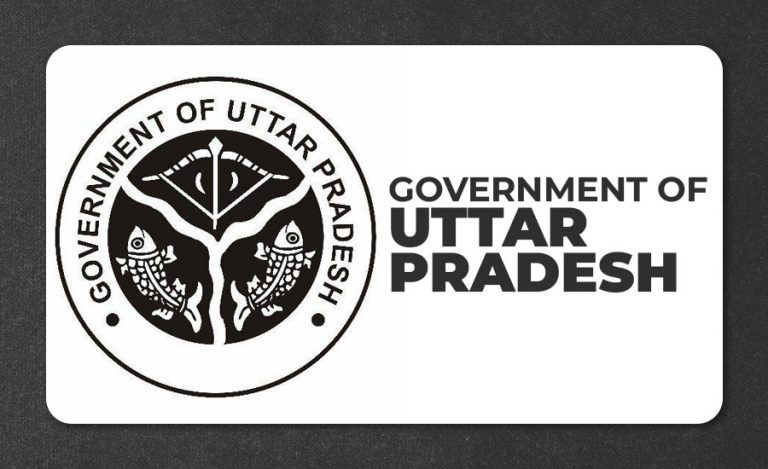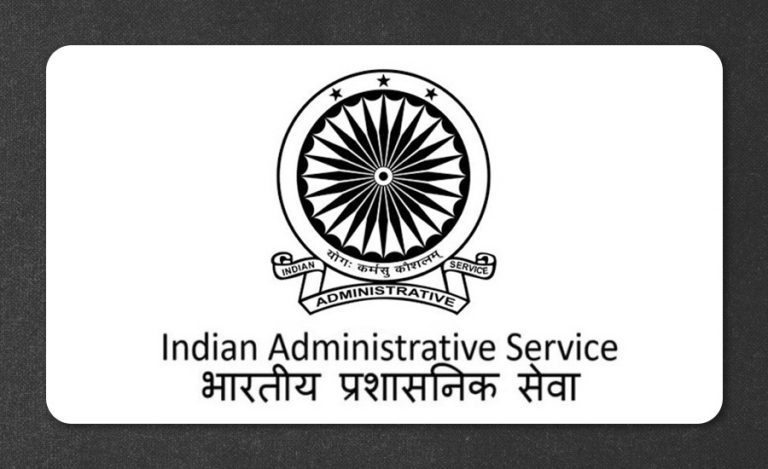Under the Jamrani Dam project, villagers from six mountain settlements in Uttarakhand — Tilwadi, Murkudia, Uduwa, Ganrad, Paniyabor, and Pastola — will be relocated to Gadariabagh, Kichha. The master plan covers 300 acres, where modern amenities and housing will be developed to ensure a smooth transition for the affected families.
Comprehensive Rehabilitation and Compensation Strategy
The relocation plan categorizes affected residents into two groups. Category A families, totaling 213 people, will have both their houses and lands submerged and will receive one acre of agricultural land along with a 200-square-meter plot for new house construction. Category B families, comprising 821 people, will be compensated financially for the loss of ancestral land. Additionally, 233 youths above 18 from Category A will receive houses built under the PM Awas Yojana, covering 50 square meters each.
Road Connectivity Challenges and Proposed Solutions
A key challenge for the relocation site is connectivity. The current railway track runs alongside the highway, creating potential commuting difficulties for the villagers. Currently, only a five-meter-wide temporary path allows machinery to move on-site. To ensure safe and smooth movement, Jamrani Project officials, led by Mr. Himanshu Pant, Project Manager, have proposed constructing a half-kilometer-long, 18-meter-wide road. This requires approval from the Revenue Department, which owns the land.
Coordination Between Departments to Expedite Development
The development of basic infrastructure on the 300-acre site is already underway. Larger machinery required for full-scale development cannot be accommodated on the existing narrow road, making the construction of a wider road crucial. Mr. Gaurav Pandey, SDM of Kichha (Udham Singh Nagar), confirmed that progress on the road will proceed once the Revenue Department examines and approves the proposal.
A Vision for Sustainable Mountain-to-Plains Transition
The Jamrani Dam relocation initiative reflects a larger vision of combining developmental planning with community welfare. Modern housing, agricultural land, and improved connectivity aim to provide affected villagers a smooth transition from mountain homes to their new city settlements while ensuring access to essential facilities and long-term economic security.



























